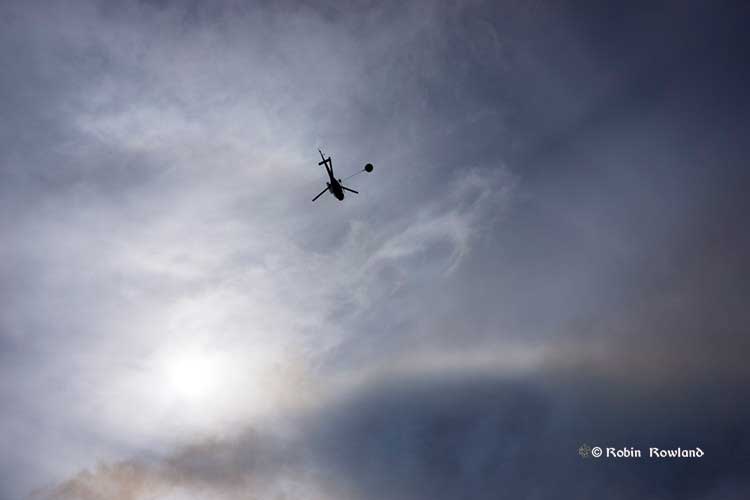Kitimat blizzard and blackout February 5 to 9, 2015
A “Pineapple Express” brought a major blizzard to the Kitimat region last week, dropping approximately 180 centimetres of snow from the morning of Thursday, February 5, 2015 until the skies cleared late on the afternoon of Saturday, February 7. In my neighborhood, the power first went out at about 3 pm on Thursday, came back […]

